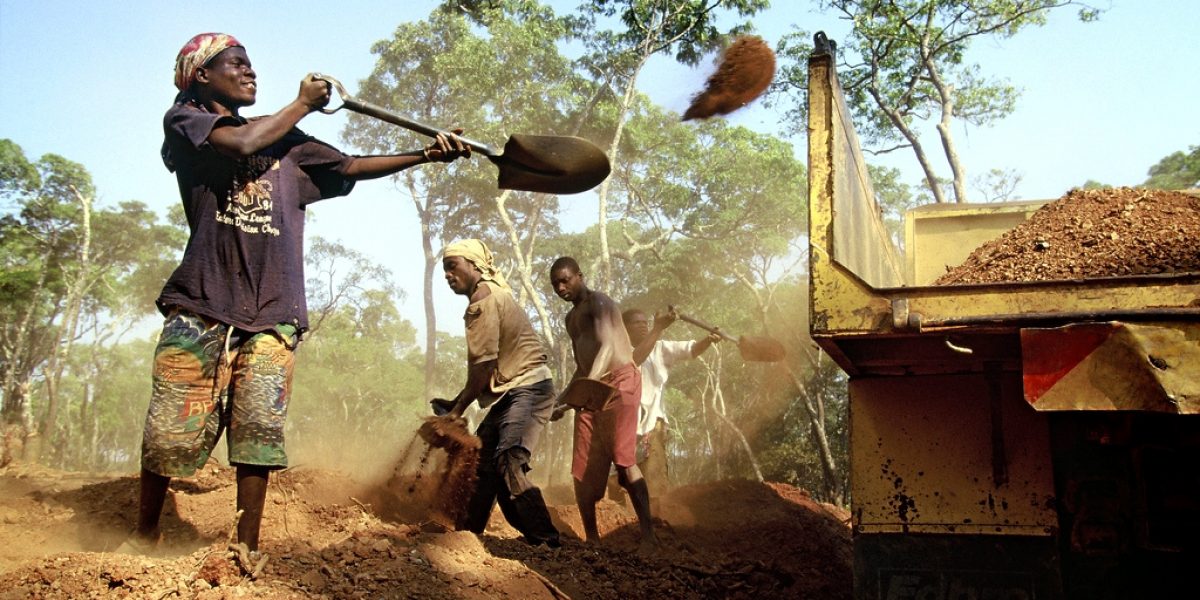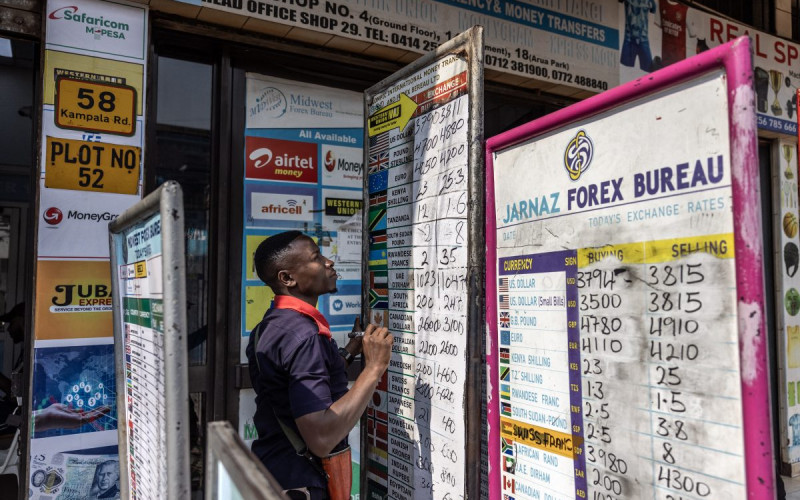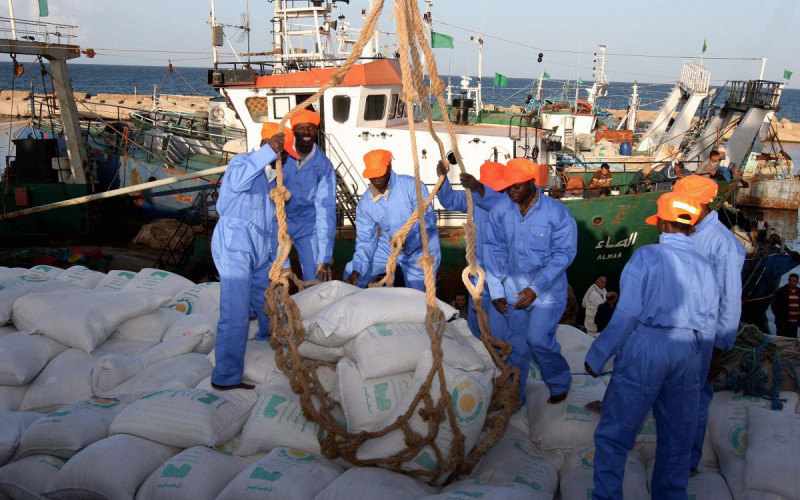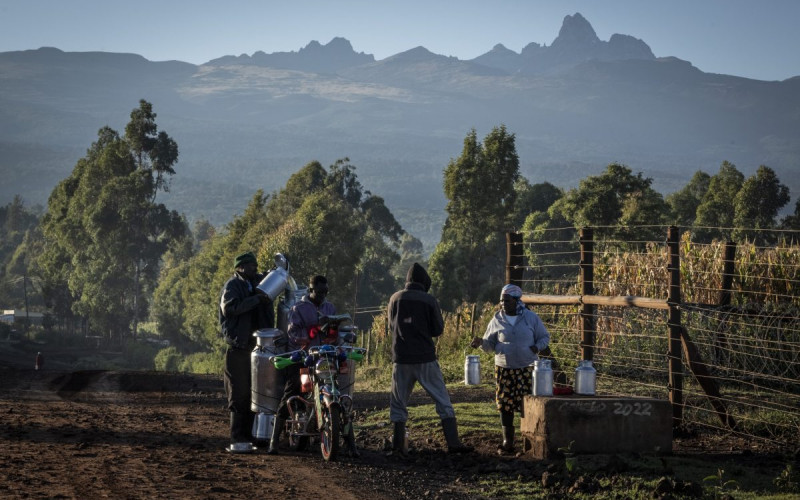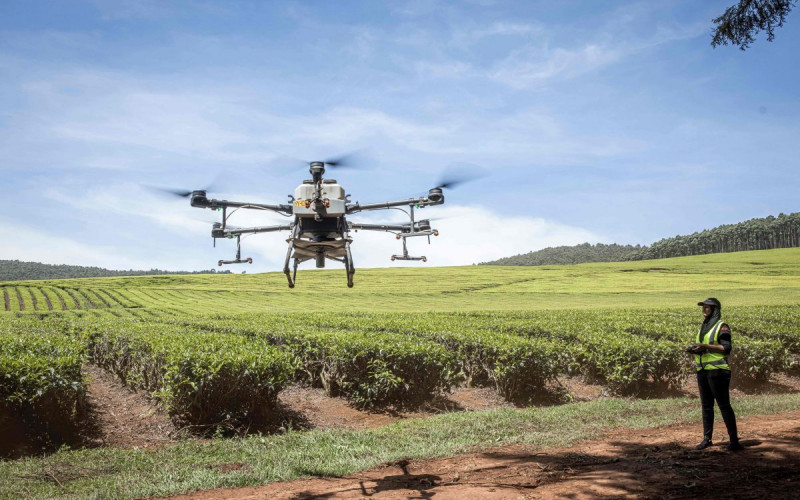The study consisted of firm-level interviews with about 50 companies throughout the region to gauge whether documented trade barriers in Southern Africa are the most problematic. Drawing on existing work carried out by the World Bank and the region’s own analysis of the problem in the regional indicative strategic development programme, the institute compiled an initial list of trade barriers that it expected companies to mention.
These included access to and the cost of finance, tax rates, access to skilled labour, economic and regulatory uncertainty, fluctuation of exchange rates and foreign currency controls, customs regulations, procedures and bureaucracy, infrastructure deficiencies, corruption, inefficient bureaucracies, and nontariff and other trade barriers.
The development of the top 10 barriers was not far off the mark, although they could probably be condensed into a top five or six. The more common concerns are of customs clearance, the high bureaucratic burden, the lack of infrastructure, corruption and difficult access to skilled labour. But, generally, there is a spread across all the indicators identified.
Definite split
The findings revealed a definite split in the barriers found most constrictive between the more northern, less-developed member states and the members of the Southern African Customs Union (Sacu), which comprises South Africa, Botswana, Namibia, Lesotho and Swaziland. Customs regulations and delays, inefficient bureaucracy and infrastructure deficits were ranked the top three constraints for customs union states, whereas non-member states ranked infrastructure deficits much higher, followed by customs delays, poor access to skilled labour and finance.
In the Democratic Republic of Congo (DRC) and Malawi, the banking and tax issues need to be addressed before other areas develop into the most significant barriers. For South African firms, the border crossings are of highest concern, followed by corruption. South African firms especially mentioned doing business in the DRC as near impossible, given the high levels of corruption. Firms interviewed in the DRC acknowledged the widespread nature of corruption, but accept it as part of the environment. They would rather address the banking issue than try to deal with corruption.
In terms of non-tariff barriers, interviewees most often mentioned the problem with weighbridges, especially outside South Africa. A divergent reading at different weighbridges cause huge confusion and attracts additional costs for firms. Most weighbridge points accept only cash for payment of overloaded vehicles, often leaving truckers in the difficult position of having to abandon their trucks to seek a bank point several hundred kilometres away. There is no secure parking for the trucks.
Roadblocks, especially in Zimbabwe, were mentioned as a significant non-tariff barrier and source of corruption. Having to pass through several of these roadblocks and bribe their way through, truckers need to carry dollar notes to be able to continue their journey without harassment from police.
The introduction of the new e-platform for border crossings to and from South Africa was met with optimism by the Road Freight Association. But there was extreme pessimism among others, who argued that it was duplicating work and border officials not trained in the system still insisted on the actual physical paperwork. Infrastructure deficiencies at the border also resulted in the system being inaccessible and causing delays.
Desirable market
Business interest in the region is definitely increasing and Tanzania and Mozambique are considered desirable markets for exports. The DRC is still seen as a sleeping giant that will hold many potential benefits once some basic infrastructure and rules and regulations are in place. Although the business potential of Angola is recognised, companies are put off by the high bureaucratic burden to enter the country, corruption and the often lengthy port and border delays.
It is evident that size matters when importing and exporting in Southern Africa. Large firms can afford to appoint highly skilled teams for completing paperwork and logistical experts for the sequencing of permits, visas and the various forms that can only be collected on an interval basis.
The institute’s sample included only a few small firms, which impressed with their tenacity, but are clearly made up of individuals who are well equipped with the necessary personality to thrive in a high-risk, high-reward environment.
Economists regularly argue that small-business entrepreneurs are needed to give the region a necessary growth boost, but they are lacking in Southern Africa. The institute’s study shows that the environment is not conducive to their growth and the regional infrastructure development master plan will not create the necessary environment, because it will focus on the much larger, multimillion-dollar infrastructure projects to span 14 countries.
Although this investment is necessary and welcome, SADC should in the interim also work on easing the barriers not related to infrastructure – something that could be easily resolved at the regional level, provided the necessary buy-in exists among the member states.
Labour permits
Respondents were asked for suggestions to improve the trading environment in Southern Africa. The most common suggestion was to implement a SADC-wide business visa and for progress to be made on uniform regulations for foreign labour permits.
The hope was also expressed that a thorough logistical map of ports and border posts would be done to assess areas in which small changes, without high-capital input, could ease delays. A SADC e-platform with regular updates on tariff and excise duty changes would be welcomed. Ensuring that weigh-bridge scales could be trusted to give accurate measurements and making alternative payment methods available would also ease business for many road freight operators.
There is undoubtedly a big need for infrastructure investment in SADC, as the institute’s case studies confirm, but the Maputo summit should not lose sight of the many smaller interventions that can be made to attract more businesses to trade in Southern Africa.
The 32nd SADC summit takes place in Mozambique from 17 to 18 August 2012.

